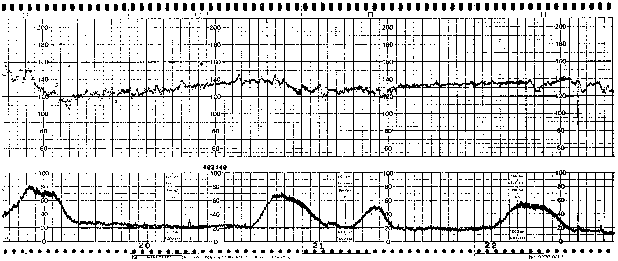Anaesthetist Dr Jan Persson from Stockholm has published an updated review of recent ketamine literature. The following interesting facts about our favourite drug are extracted from Dr Persson’s paper:
- Action on multiple receptors earns it the nickname: ‘the nightmare of the pharmacologist’
- Recently ketamine has also been shown to inhibit tumor necrosis factor-alpha (TNF- alpha) and interleukin 6 (IL-6) gene expressions in lipopolysaccharide (LPS)-activated macrophages. It has been speculated that these antiproinflammatory effects may be responsible for antihyperalgesic effects of ketamine
- Ketamine can exist in two forms, or enantiomers; S-ketamine and R-ketamine. The physical properties of the enantiomers are identical, but their interactions with complex molecules, underlying PK/PD parameters, might differ. It has been well established that the elimination clearance of S-ketamine is larger than that of R-ketamine. The S-form has been commercially available for several years, probably based on the perception that it would have a better effect to side-effect ratio. The recent literature calls into question the proposed advantages of the S-enantiomer.

- Ketamine has been shown to induce neuroapoptosis, or neuronal cell death, in newborn animals. This is obviously a concern in paediatrics, where ketamine plays an important role, both in anaesthesia and for sedation/analgesia during painful procedures. The relevance in humans of these effects, however, is unclear, and as pointed out by Green and Cote it does seem unlikely, for various reasons, that such an effect would be of major importance. It does not seem likely, though possible, that a clinically relevant effect would have passed unnoticed.
- Another, somewhat unexpected, side effect that has emerged in recent years is bladder dysfunction. In some cases the bladder effects progress to ulcerative cystitis. Although the reported cases have mainly concerned recreational drug users, they are relevant for long-term analgesic use as well. The mechanisms involved are unknown. This side effect might turn out to be the most serious limitation to long-term analgesic treatment with ketamine.
Wherefore ketamine?
Curr Opin Anaesthesiol. 2010 Aug;23(4):455-60













